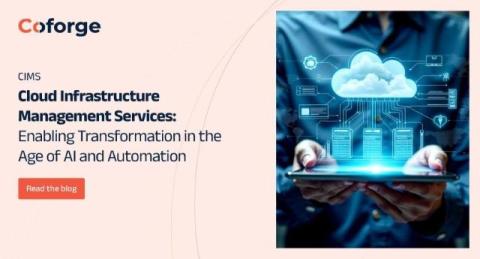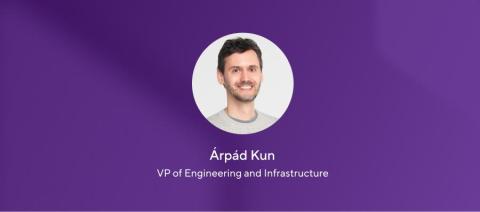How to scroll down in Selenium? An Easy-to-understand Guide
Here’s an easy-to-understand and straight-to-the-point guide to scroll down in Selenium. Let’s try this test case: Scroll to a section on a Wikipedia page and screenshot. We have the following test steps: You can customize the element according to your needs.











